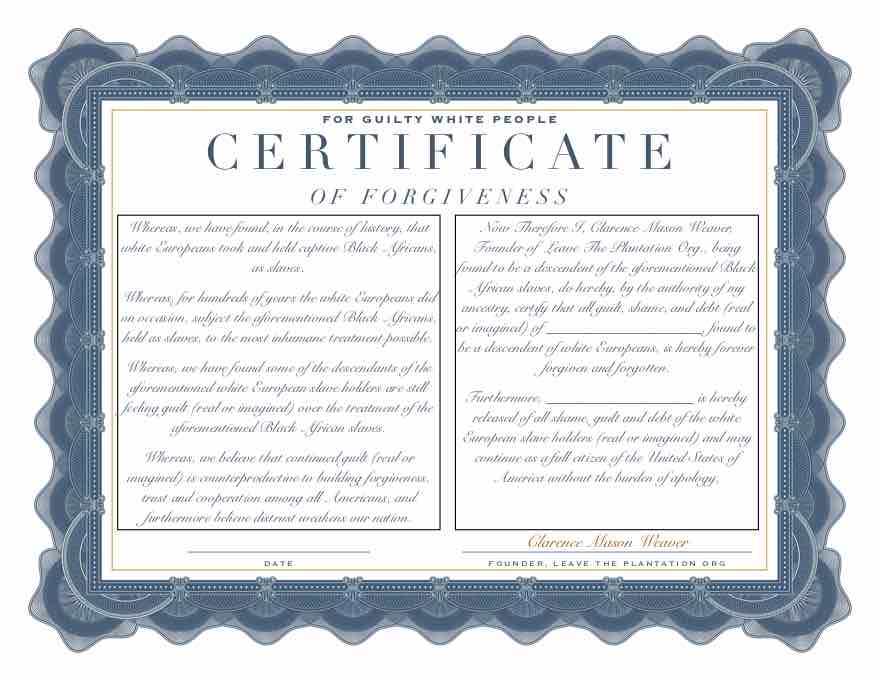LTP News Sharing:
“Individuals with disabilities are at higher risk of financial distress, homelessness, food insecurity, unsustainable medical debt, having their children taken away from them and more,” write Able Americans Director Rachel Barkley and Petrizzo Group Principal Megan Burke in a commentary published by The Hill.
Read their commentary in full below.
The disability community has reached its tipping point, and our representatives should pay attention because they could be the most undervalued voting bloc in our country this election.

Rachel Barkley
One in 4 adults in the United States are living with a disability — 61 million people — and including their caretakers moves that number to more than 100 million. They have been voting in record numbers since the 2016 election when, according to the U.S. Census Bureau, 56 percent of disabled voters cast a ballot. In the November 2020 elections, that number rose to 62 percent.
The disability community has never had the same opportunity to succeed afforded to the rest of Americans. People with disabilities live with an array of injustices, including access to the workforce and housing, health care options and financial security. A 2022 poll found that just 3 in 10 disabled voters believe their leaders in Washington, D.C. care about them. This historical lack of support at the federal level has had dire consequences.
Today, more than 25 percent of individuals with disabilities in America live in poverty – more than twice the rate of individuals without disabilities. It is a deeply rooted problem in federal statutes that have not been reformed in over 80 years.
At the time many of these laws were written, disabled people were segregated in institutions where abuse or neglect were regular occurrences or unable to participate fully in society due to both legal and physical barriers. Remnants of these unequal laws remain, making people with disabilities second-class citizens in a country built on the promise of unalienable rights and freedoms.
The last century has seen great strides in correcting the greatest inequalities in the United States.
In 1927, the United States Supreme Court ruled that disabled people could be forcibly sterilized in Buck vs. Bell. Thirty states had laws permitting this atrocity. Under the state of Virginia’s law alone, about 8,300 citizens were sterilized, and the law was not repealed until 1974.
As recently as 1987, institutions such as Willowbrook State School in Staten Island housed people with developmental disabilities in squalid and dehumanizing conditions. While these horrific wrongs have been rectified, the legal legacy of unequal treatment remains.
Fundamental to freedom and dignity is the ability to work and control your financial future. The Social Security Income program was created in 1972 to ensure that disabled people, among others, would not have to live below the poverty level. For 2024, the maximum annual benefit for a single person is $11,321.49, even though the federal poverty level is $15,060. Benefits begin to decrease if an individual brings in more than $85 a month in income and are completely revoked if they have more than $2,000 in savings.
This law is no longer lifting people out of poverty, but trapping them there with a steep benefit cliff and provisions that penalize marriage and the ability to have a family. If they begin to earn more money, increase their personal savings or get married to someone who either has assets or a job, they risk being completely cut off from their safety net.
The safety net should provide a path to work because access to a job is one of, if not the most, effective ways to reduce poverty. However, only 40.6 percent of individuals with disabilities are actively participating in the labor market. That’s nearly half the rate of individuals without disabilities. The unemployment rate for individuals with disabilities is 9.3 percent, which is more than twice the rate of those without disabilities.
In 1968, the Fair Housing Act aimed to protect people with disabilities against discrimination in government-funded housing programs and the renting, purchasing or financing of housing. This was reinforced in Section 504 of the Rehabilitation Act in 1973.
Regardless, less than 5 percent of housing nationwide is accessible for people with moderate mobility difficulties and less than 1 percent is accessible for wheelchair users. With a rising national affordable housing shortage currently estimated at 7 million units this means housing is both inaccessible and unaffordable.
These problems are only the tip of the iceberg. Individuals with disabilities are at higher risk of financial distress, homelessness, food insecurity, unsustainable medical debt, having their children taken away from them and more.
To invite people with disabilities into the promise of the American dream and lift them out of a bygone era of restrictive laws, we must start the difficult political conversation about potential solutions. It would be wise in this election year, and in the spirit of fundamental American values, for leaders on both sides of the aisle to undertake these long-overdue reforms.
Megan Burke is a principal at The Petrizzo Group and a disability policy advisor. Rachel Barkley, who is disabled from a spinal cord injury, is the director of the Able Americans, a project of the National Center for Public Policy Research. This was first published at The Hill.
Cover photo by Gabe Pierce on Unsplash.
Author: The National Center







